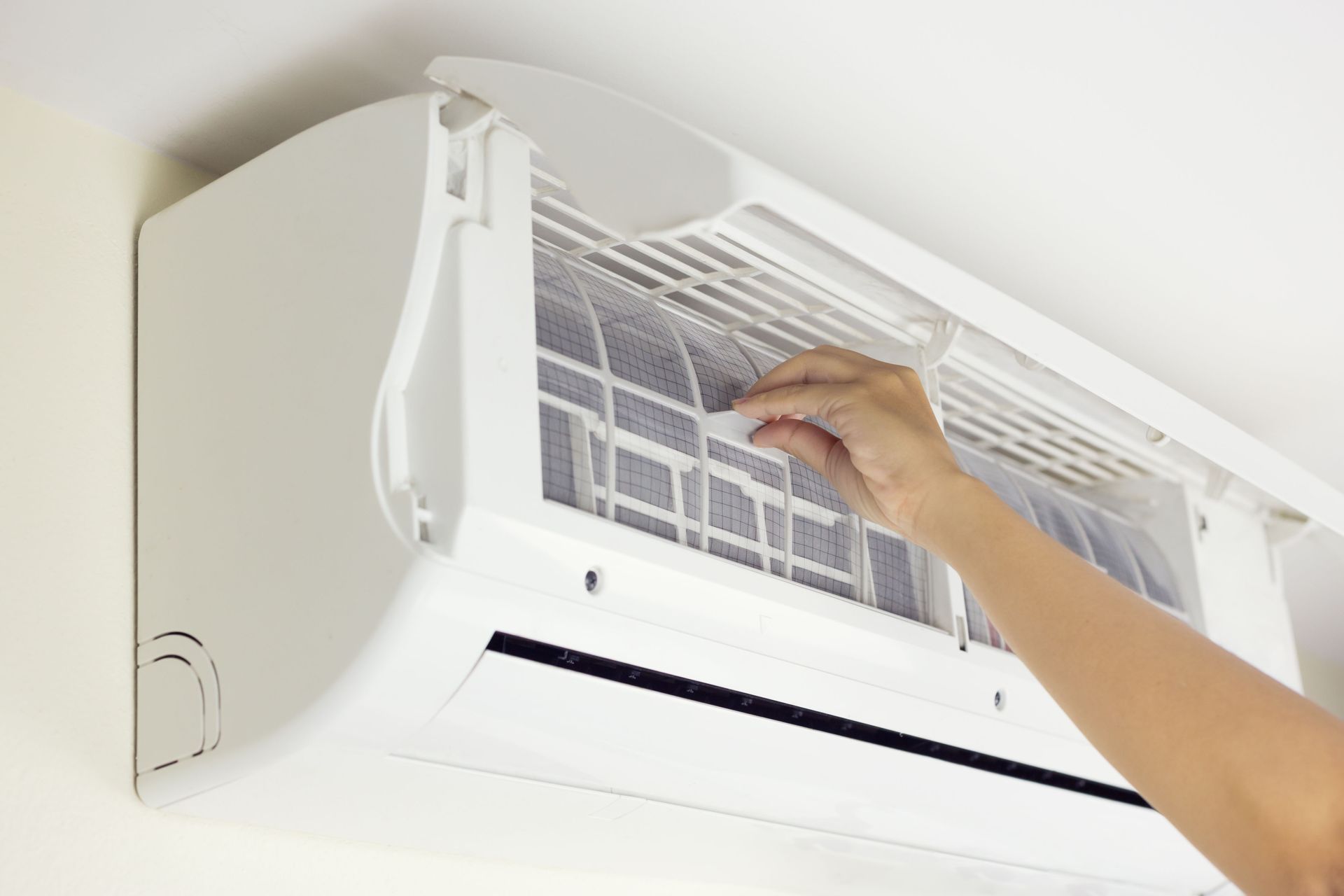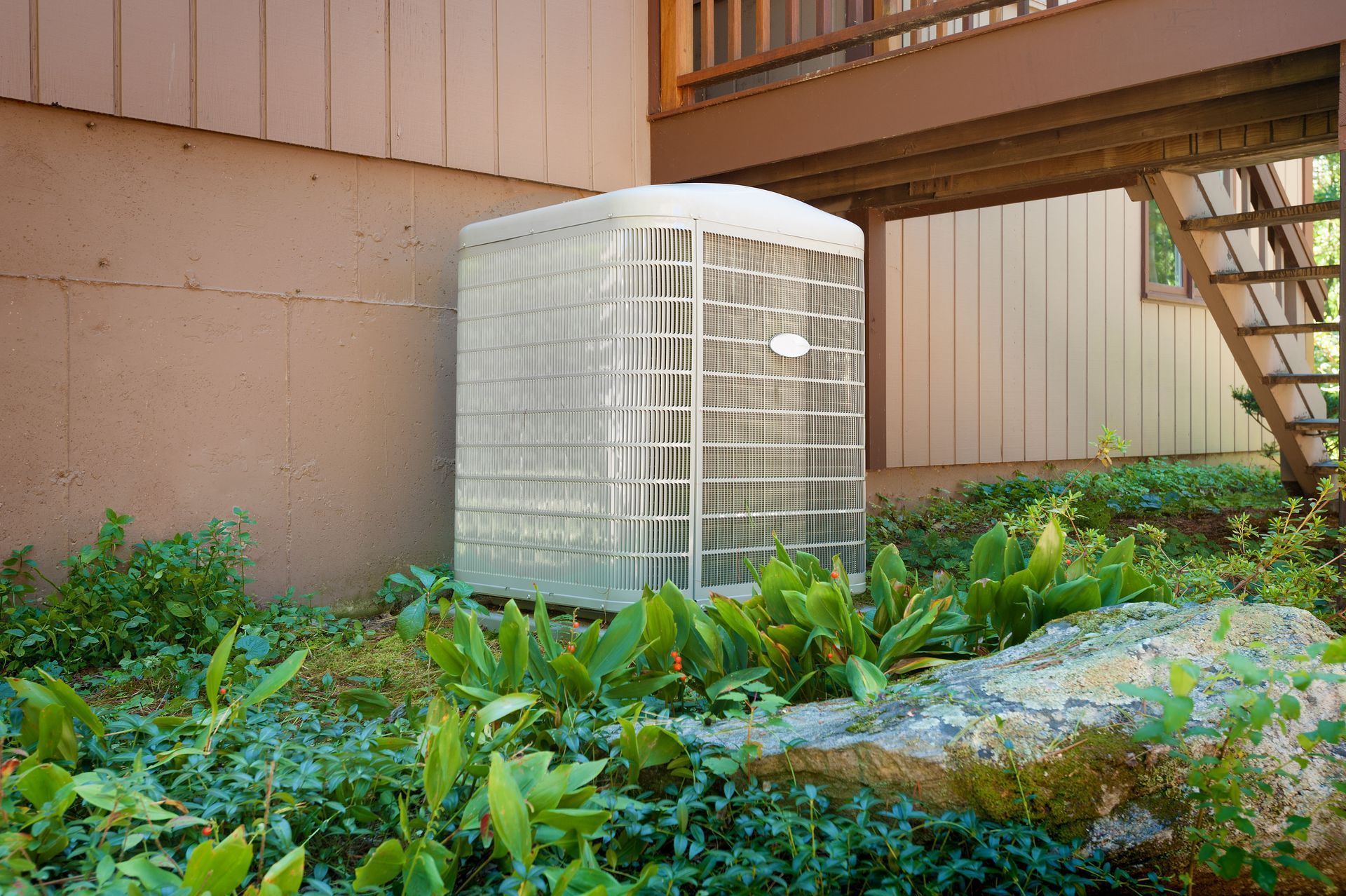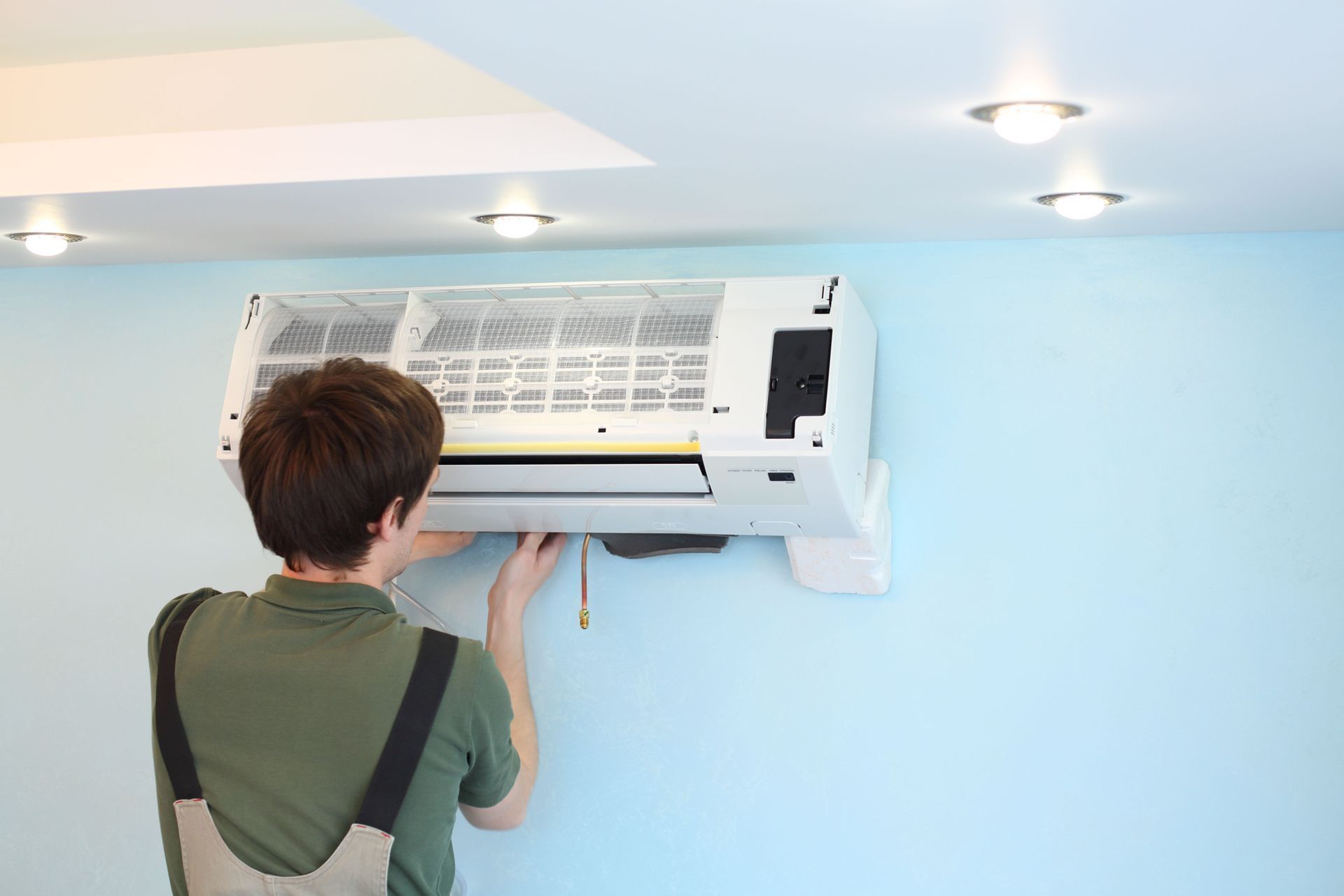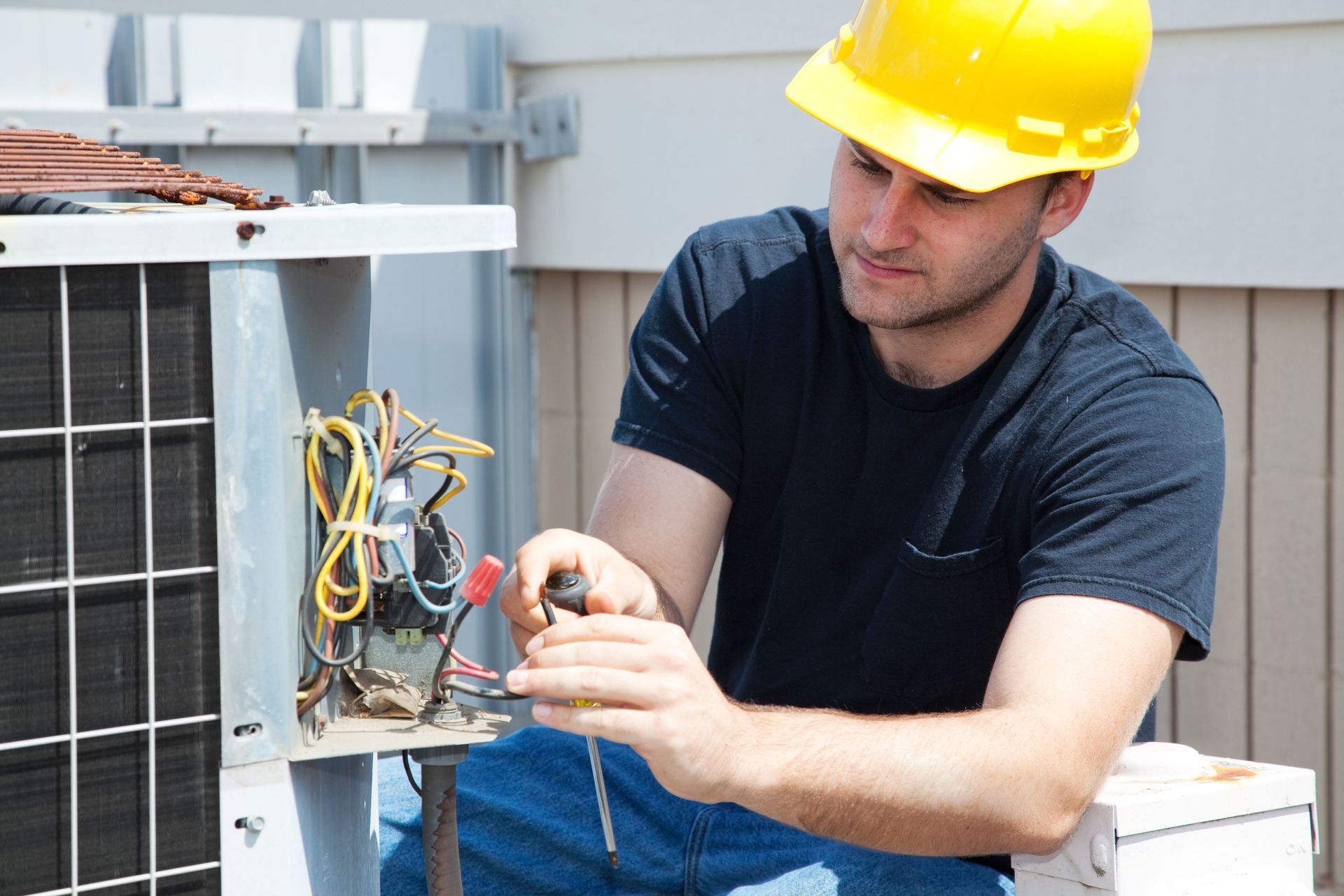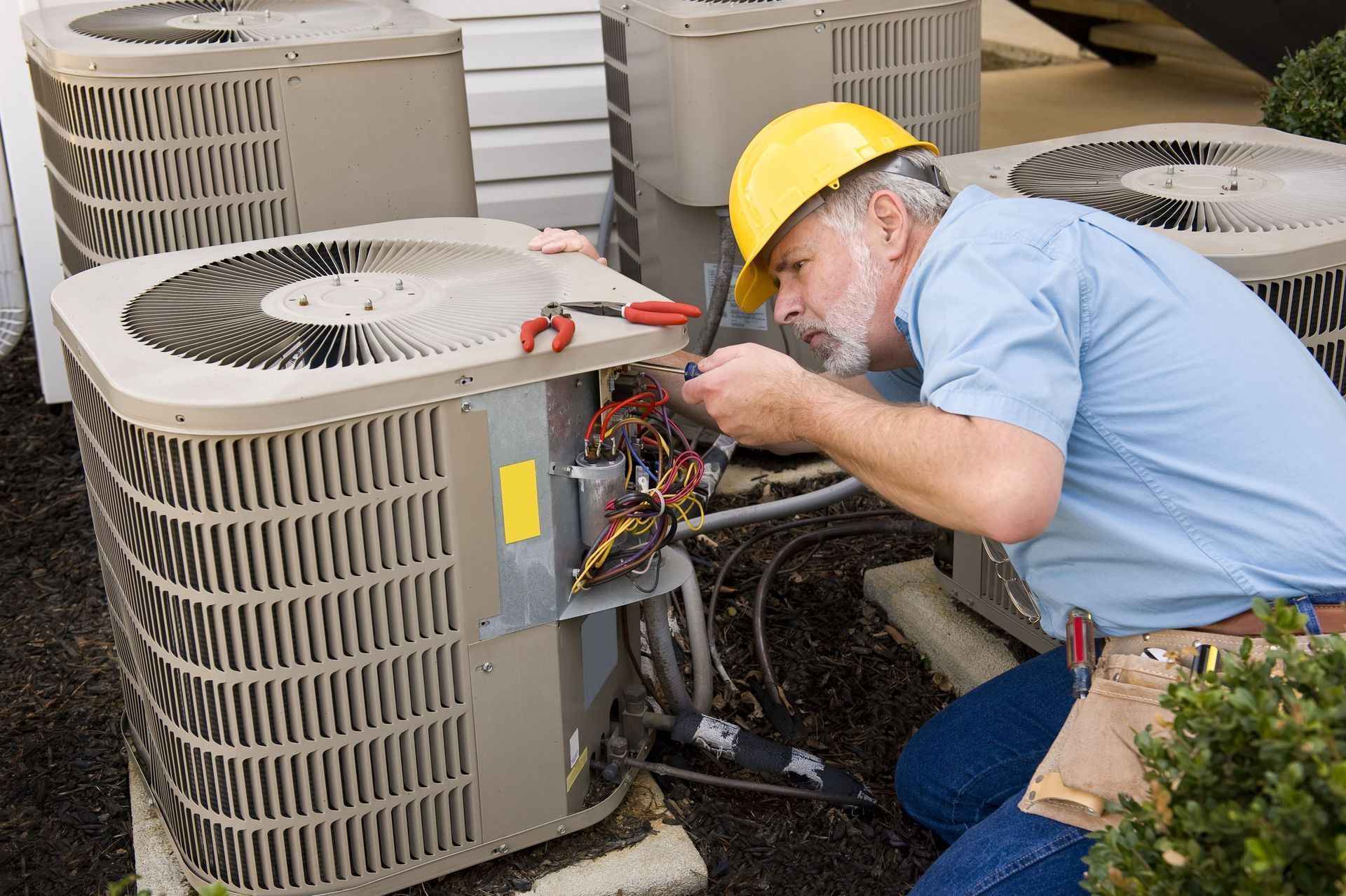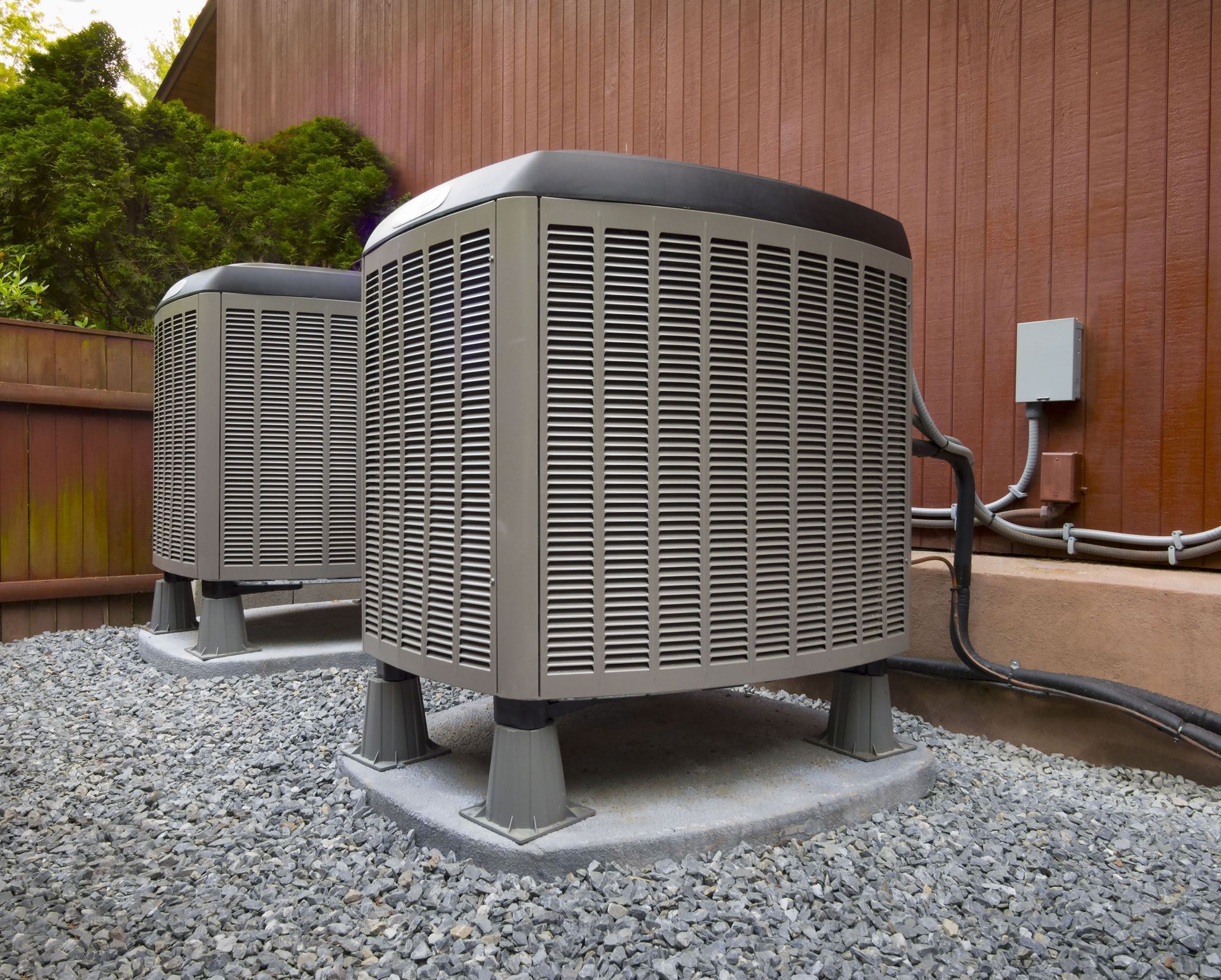How to Prepare Your Property for an AC Installation
September 11, 2025
Air conditioning installations are significant home improvements that require careful planning and preparation. Properly prepping your property can ensure a smooth installation process and optimize the performance of your new system. Let's take a look at a few steps you can take to ensure that you're prepared for an AC installation.
Choosing the Right AC Unit
Determining the cooling capacity of your AC unit is pivotal and begins with understanding the necessary BTU (British Thermal Units) for your home. The BTU requirement is based on several factors, such as the size of your space, insulation quality, and the climate of the region. A unit with inadequate capacity will struggle to cool the space sufficiently, while an oversized unit could lead to humidity issues and higher utility bills. Consulting with a professional can help make this determination accurately. Taking the time to assess your home’s unique needs will ensure that the selected unit not only cools efficiently but also enhances comfort.
When evaluating cooling capacity, consider room orientation and window sizes as they influence heat gain. Urban and suburban residences might have different requirements due to shade from surrounding structures, impacting the overall efficiency of the unit. Consulting energy assessment reports or conducting a home energy audit provides crucial insights. According to the Environmental Impact Assessment, about 10.55 million U.S. homes have air-conditioning equipment that is 20 or more years old, underscoring the need for modern, efficient systems. By leveraging this data, homeowners can pinpoint potential inefficiencies to address when selecting a new unit.
Moreover, technological advancements now offer sophisticated tools to determine cooling needs more precisely than in the past. Many home improvement platforms offer interactive calculators that, with input on various parameters, suggest optimal BTU ratings. A key takeaway is that upgrading to a suitable unit aligns with modern sustainability and energy conservation goals. Overlooking such details could mean investing in a system that fails in both efficiency and effectiveness. Observant planning assists in balancing initial costs with long-term utility savings.
Understand Energy Efficiency Ratings
Energy efficiency is a prime consideration in modern AC systems, with ratings such as the Seasonal Energy Efficiency Ratio (SEER) being pivotal. A higher SEER rating indicates better energy efficiency, leading to lower utility bills over the system’s life. Government regulations and rebate programs often incentivize energy-efficient models, making them a wise financial choice despite potentially higher upfront costs. Energy Star ratings further guide consumers towards units that meet governmental energy guidelines. Evaluating these ratings in conjunction with professional advice can maximize a home's energy conservation strategy.
Additionally, energy efficiency ratings can offer a return on investment by evaluating the unit's efficiency lifecycle. This iteration over time reflects initial investments in energy-efficient appliances, translating to notable utility savings across system lifetimes. Developing energy-conscious habits should extend into monitoring, maintaining, and optimizing units for even better performance over the years. Balancing these considerations helps homeowners not only contribute positively to the environment but also strategically manage living costs. With conscious planning, the balance between up-front costs and long-term savings reaches an equilibrium beneficial to all parties involved.
Identify the Location for Connection
Identifying the optimal location for connecting the AC system to your home's electrical infrastructure is critical for installation success. The geographic proximity of the panel and unit affects ease of connection and operational efficiency. Ideal locations minimize excessive wiring, reducing potential hazards and maintenance burdens. Furthermore, careful selection of connection points enhances the aesthetic and functional integration of the system into your home. Collaborating with an electrician during this selection process ensures both efficient layout design and operational reliability.
An effective restoration of connections, viewed through considerations of proximity and accessibility, formalizes thoughtful registration of system elements. The position of the connection directly impacts equipment longevity by ensuring consistent and reliable power flow. Overlooking this aspect can culminate in premature wear or frequent disruptions in service, undermining initial investments. By integrating thoughtful planning with professional insights, homeowners mitigate these risks, ensuring a resilient electrical synergy. This comprehensive approach ultimately reduces pressure on systems, leading to both financial and performance advantages.
Check the Electrical Panel Capacity
Ensuring that your home's electrical panel is capable of supporting a new AC installation is an important preparatory step. An undersized panel not only impedes efficient operation but could also pose safety risks. Modern AC units often require dedicated circuits and additional amperage, necessitating a thorough inspection of existing panels. Consulting with an electrician ensures that upgrades or replacements are identified and executed smoothly, if necessary. By addressing electrical capacity challenges early on, homeowners protect their investments and maintain uninterrupted system performance.
Accurate assessment of electrical panel capacity anticipates challenges stemming from either dated infrastructures or evolving power demands. Knowing whether the panel can accommodate these increases proactively mitigates the risk of electrical failures or damage. Updating the panel, if necessary, promises alignment with both present and future electricity needs as technological advancements incentivize higher-capacity, more energy-efficient systems. Incorporating these accommodations into planning bolsters the reliability and safety of the entire electrical system. Seeking professional evaluation guarantees that these adjustments support a seamless AC installation.
Consult With a Professional
Consulting with a professional before an AC installation is an invaluable step in ensuring a successful installation and long-term operation. HVAC professionals offer insights into the latest technology, regulations, and industry best practices that can drastically affect system performance and longevity. They assist in determining appropriate system size, energy rating selections, and structural compatibility, providing an integrated approach to acquisition and installation. Furthermore, their involvement mitigates the risk of oversights or miscalculations that might lead to inefficiencies or unanticipated costs. Professionals are indispensable allies in facilitating informed decisions that harmonize with homeowners' budgetary and comfort goals.
Engaging with professionals presents opportunities to leverage their experience and familiarity with common installation pitfalls and maintenance routines. Their perspectives enable anticipation of potential installation hurdles, preemptively circumventing issues before they materialize. Often, their initial assessments can save costs in the long term by identifying necessary upgrades or modifications before systems are purchased and installed. The translation of this expertise into potential cost savings reinforces the advantage of utilizing professional guidance. Thus, their involvement enriches the installation experience, driving quality and ensuring optimal post-installation performance.
Moreover, professionals can streamline the often daunting navigation of permits and compliance with local building codes and regulations. They also offer indispensable insights into warranty terms and service contract stipulations potent in influencing system maintenance expenses over time. Seeking professional advice ensures that your AC installation aligns with both market specifications and individual home characteristics. Such foresight guarantees enhanced operational efficiency while safeguarding against potential regulatory non-compliance. Professionals thus underpin installations with a breadth of expert knowledge that simplifies the decision-making process and enhances long-term satisfaction with purchased systems.
Preparing your property for an AC installation is about more than just placing a new unit—it’s about creating the right conditions for long-term comfort, safety, and efficiency. From choosing the proper system size and energy rating to coordinating with professionals and electricians, each step builds toward a reliable installation that serves your home well into the future. By taking the time to plan carefully, homeowners can enjoy lower utility costs, improved system performance, and peace of mind when they turn to Anderson's Residential Heating & AC, Inc for an AC system. Give us a call today to get started with a free estimate!


